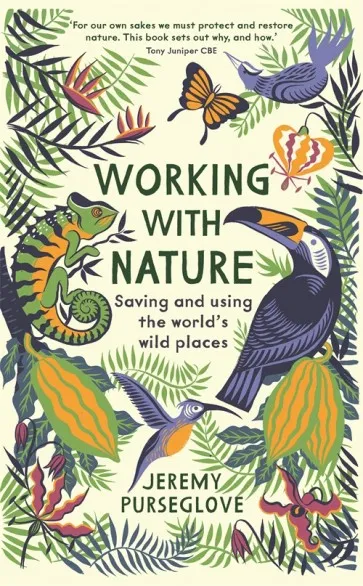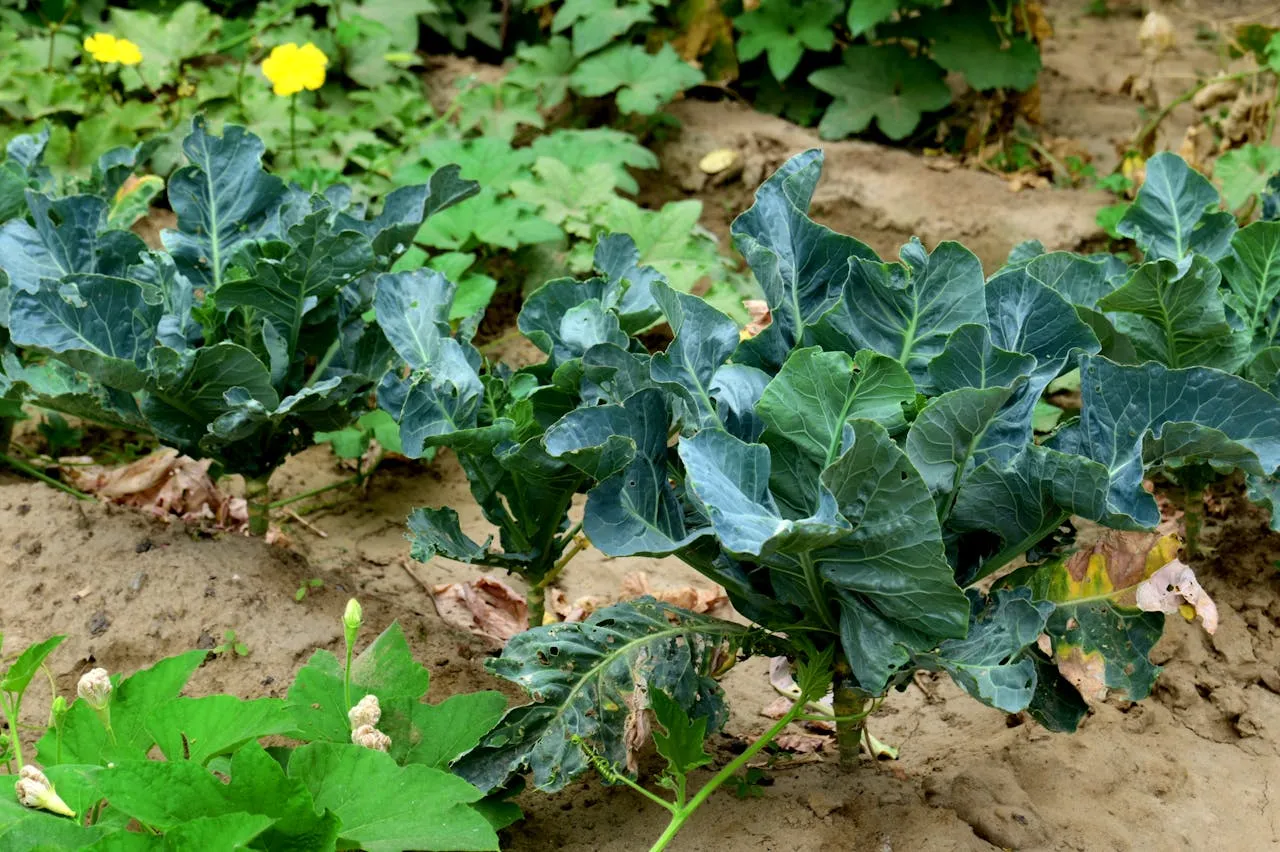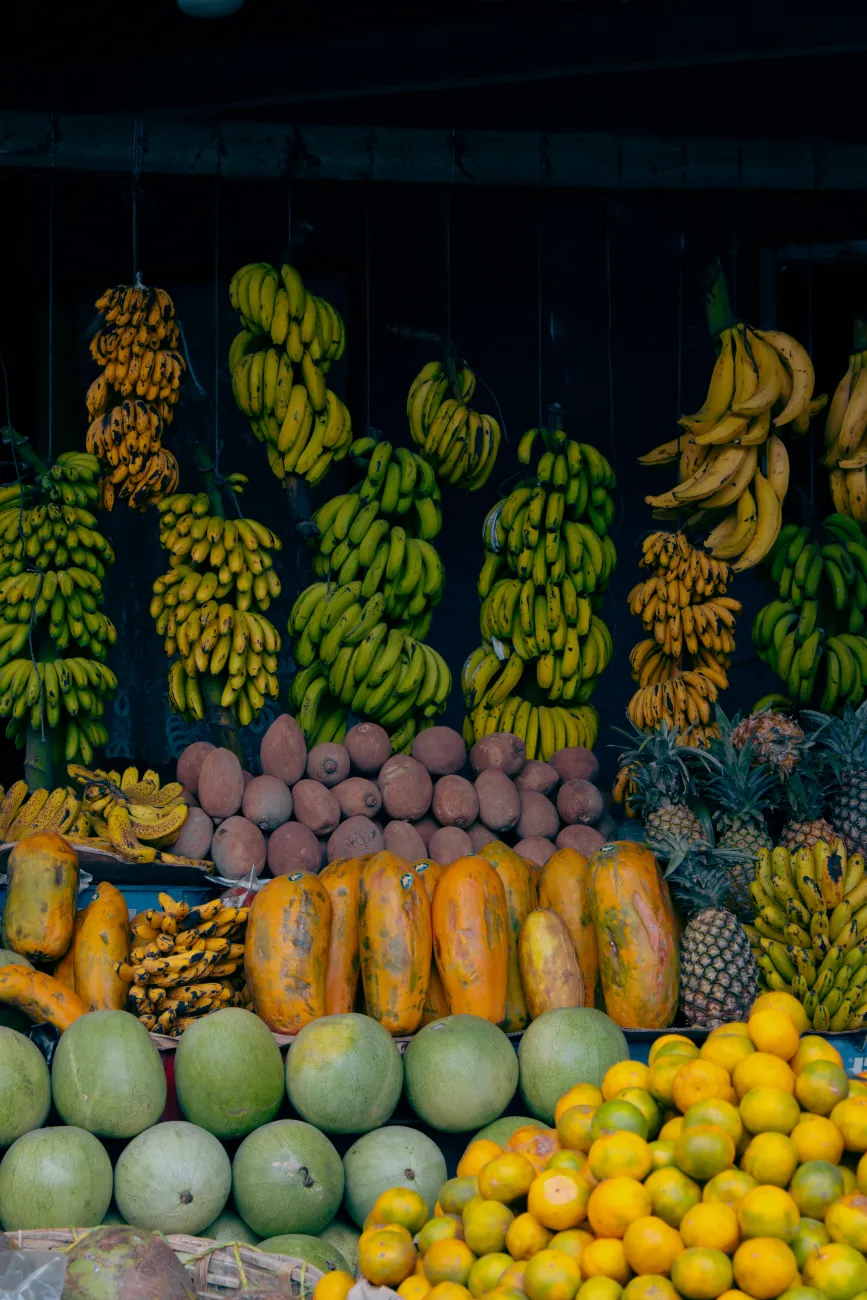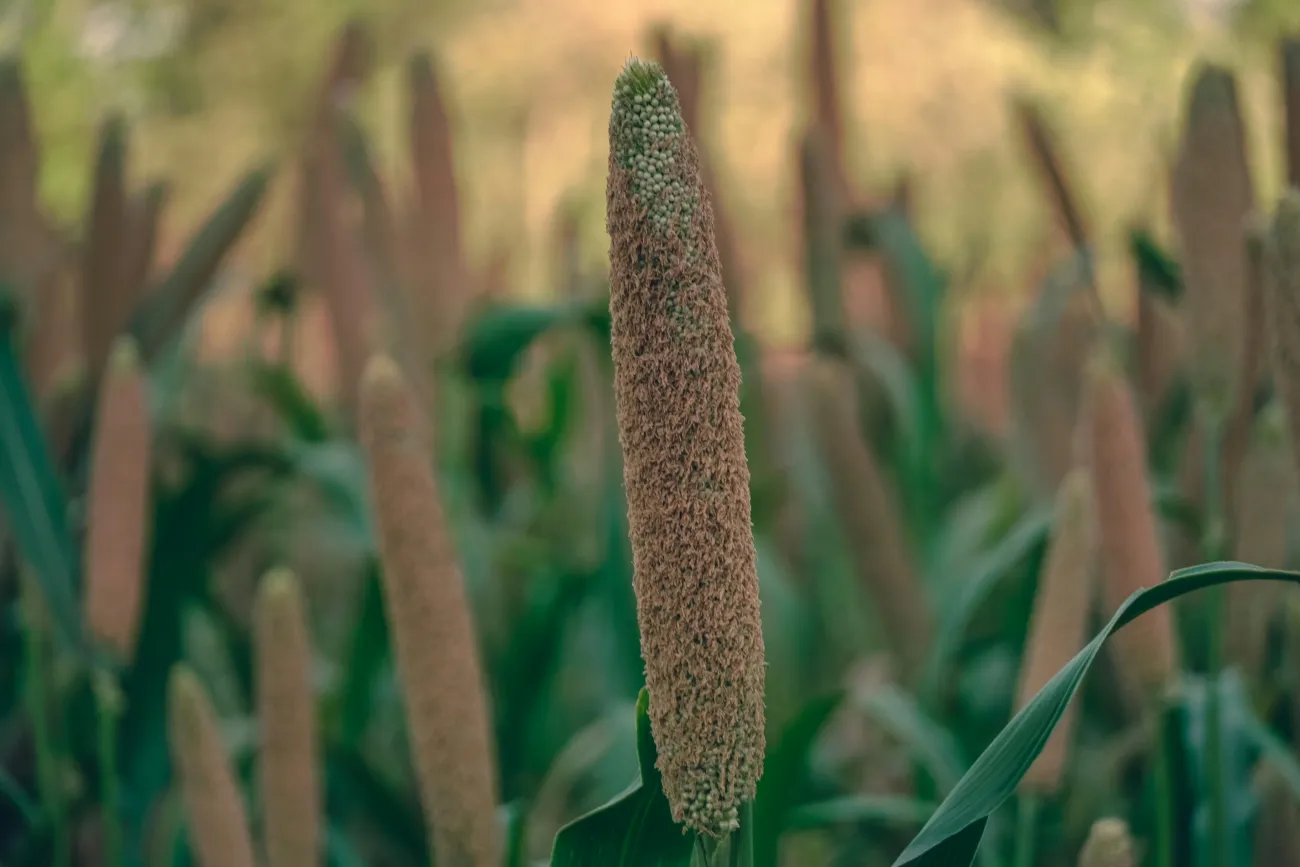This book explores how people can work with natural landscapes and harvest resources sustainably. Examples in the book include cocoa farming in Ghana, orchards in Kent, palm oil production in Borneo and monocrop cultivation in the UK.

Publisher’s summary
From cocoa farming in Ghana to the orchards of Kent and the desert badlands of Pakistan, taking a practical approach to sustaining the landscape can mean the difference between prosperity and ruin. Working with Nature is the story of a lifetime of work, often in extreme environments, to harvest nature and protect it - in effect, gardening on a global scale. It is also a memoir of encounters with larger-than-life characters such as William Bunting, the gun-toting saviour of Yorkshire's peatlands and the aristocratic gardener Vita Sackville-West, examining their idiosyncratic approaches to conservation.
Jeremy Purseglove explains clearly and convincingly why it's not a good idea to extract as many resources as possible, whether it's the demand for palm oil currently denuding the forests of Borneo, cottonfield irrigation draining the Aral Sea, or monocrops spreading across Britain. The pioneer of engineering projects to preserve nature and landscape, first in Britain and then around the world, he offers fresh insights and solutions at each step.
Reference
Purseglove, J. (2020). Working with Nature: Saving and Using the World’s Wild Places, Profile Books, London.
Read more here. See also the Foodsource resource How do the climate and environment directly affect the conditions required for food production?




Comments (0)